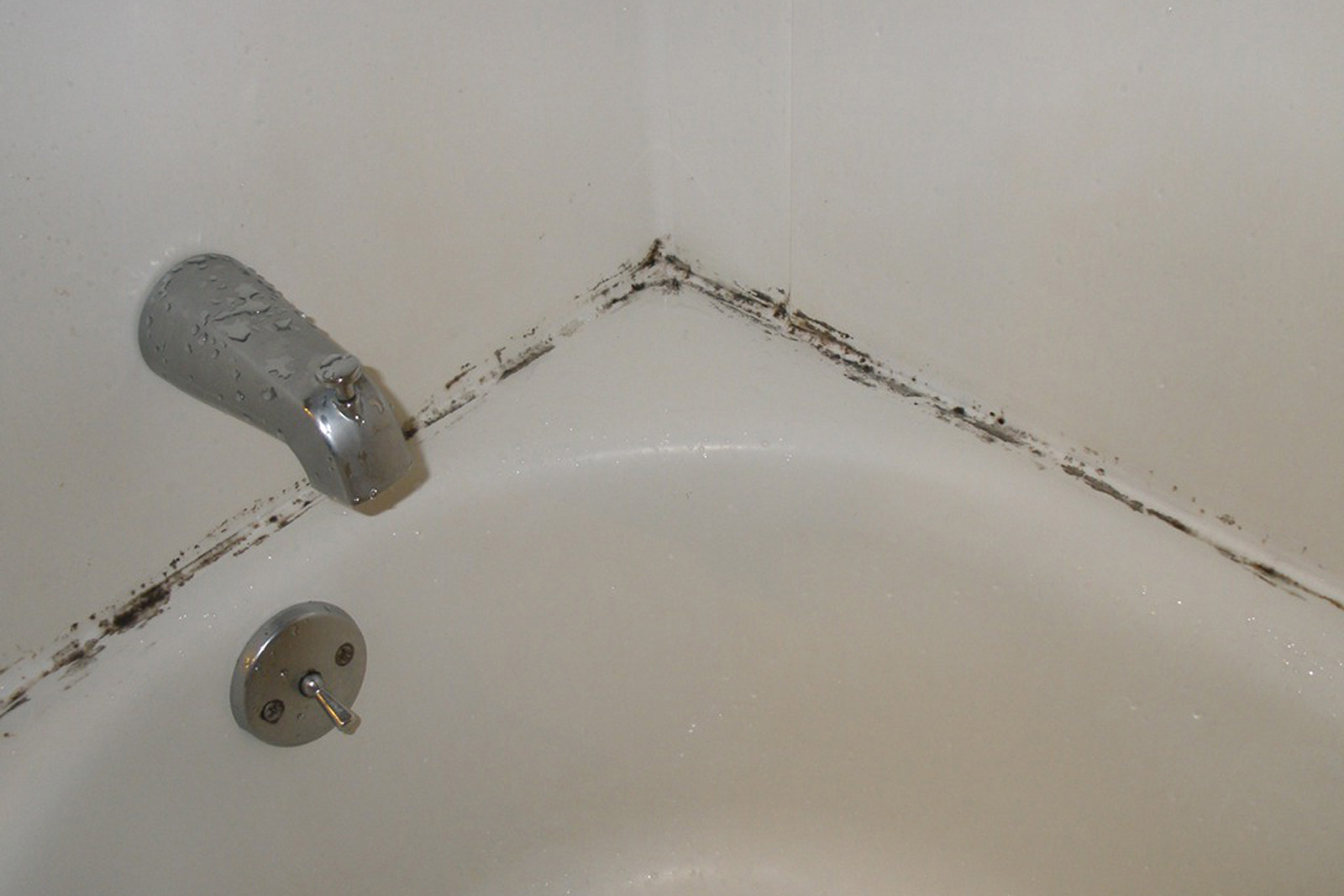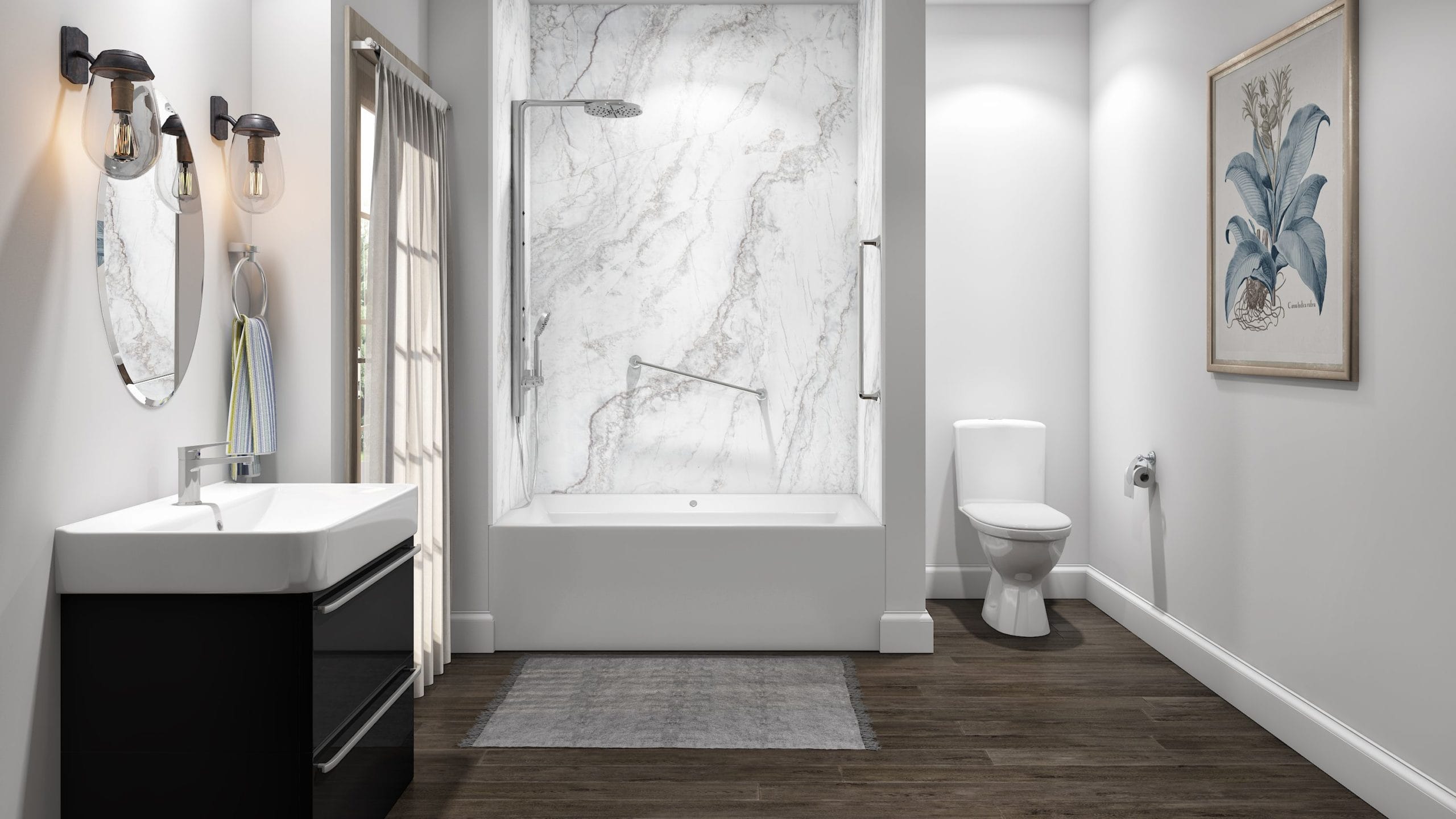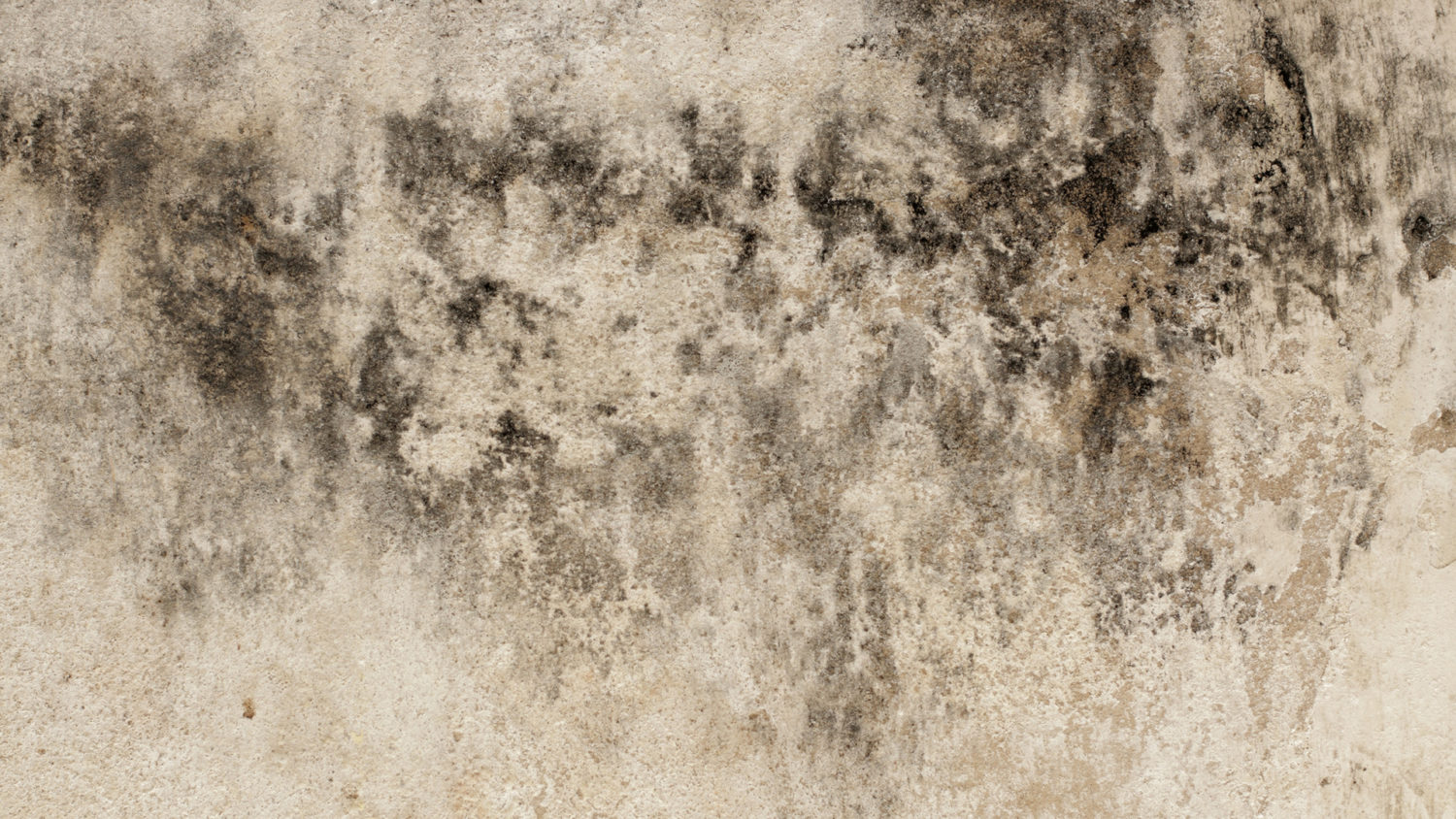Understanding Mold Prevention in Bathrooms

Bathrooms are notorious for their susceptibility to mold growth, and it’s not just an aesthetic issue. Mold can cause health problems, particularly for those with allergies or respiratory issues. To combat this, understanding the conditions that promote mold growth is crucial.
Conditions Contributing to Mold Growth, Paint for bathroom to prevent mold
Mold thrives in warm, humid environments with a readily available food source. Bathrooms provide the perfect breeding ground for mold due to:
- High Humidity: Showers, baths, and even simple handwashing create a lot of moisture in the air, which can linger if not properly vented.
- Warm Temperatures: Bathrooms are often warmer than other areas of the house, especially during showers or baths, providing an ideal temperature for mold growth.
- Organic Materials: Bathrooms often have organic materials like grout, wood, and even soap scum that mold can feed on.
Importance of Ventilation and Moisture Control
Proper ventilation is crucial for preventing mold growth in bathrooms. Ventilation helps remove excess moisture from the air, making it harder for mold to thrive.
“Ventilation is the key to a mold-free bathroom. It’s like giving your bathroom a breath of fresh air!”
Tips for Reducing Humidity Levels
- Exhaust Fans: Install and use an exhaust fan during and after showers or baths. Make sure the fan is properly sized for your bathroom and vents to the outside.
- Open Windows: If weather permits, open a window after showering or bathing to allow fresh air to circulate.
- Dehumidifier: Consider using a dehumidifier in your bathroom, especially during humid seasons or if you have a particularly damp bathroom.
Types of Paint for Mold Prevention: Paint For Bathroom To Prevent Mold

Okay, so you’ve got the lowdown on mold prevention, but what about the paint itself? Let’s dive into the world of mold-resistant paints! It’s not just about any old paint, you know. You need something with a little extra oomph to fight off those pesky mold spores.
Paint for bathroom to prevent mold – Mold-resistant paints are formulated with special additives that make them less hospitable to mold growth. They often contain mildewcide, a type of fungicide, that inhibits the growth of mold and mildew. These paints also tend to be more durable and easier to clean, which further helps to prevent mold from taking hold.
Paint Finishes and Mold Resistance
The finish of your paint can also play a role in mold prevention. Here’s the scoop on the different types of finishes and how they stack up against mold:
- Matte: Matte finishes are flat and non-reflective. They’re great for hiding imperfections, but they can be a bit more porous, making them slightly more susceptible to mold growth. Think of it like a sponge that can soak up moisture.
- Semi-gloss: Semi-gloss finishes have a sheen that makes them more resistant to moisture and easier to clean. They’re a good compromise between the flatness of matte and the high shine of gloss. Think of them as the Goldilocks of paint finishes – not too flat, not too shiny.
- High-gloss: High-gloss finishes are super shiny and very resistant to moisture. They’re the best choice for high-traffic areas and areas prone to moisture, like bathrooms. Think of them as the superheroes of paint finishes – they’re tough and can handle anything.
Popular Mold-Resistant Paint Brands
Now, let’s talk about some brands that are known for their mold-resistant paints. You’ve got options, my friend!
- Kilz: Kilz is a popular brand that offers a variety of mold-resistant paints. They’re known for their good coverage and durability. They’ve got your back when it comes to tackling those pesky mold spores.
- Zinsser: Zinsser is another great option for mold-resistant paints. They’re known for their strong mildewcide and their ability to cover stains. They’re like the ninjas of paint, stealthily eliminating those moldy spots.
- Sherwin-Williams: Sherwin-Williams offers a wide range of mold-resistant paints, including their Duration line. They’re known for their high-quality ingredients and excellent performance. They’re the top-of-the-line, the Rolls-Royce of mold-resistant paints.
Applying Mold-Resistant Paint

Okay, you’ve got your mold-resistant paint, and you’re ready to tackle that bathroom. But hold your horses, partner! You gotta prep those walls first. It’s like getting ready for a big date – you wouldn’t just slap on some lipstick and call it a day, would you?
Preparing Bathroom Walls
So, before you get your paintbrush all jazzed up, let’s talk about prepping those bathroom walls. It’s like getting your bathroom ready for a makeover.
- Clean, Clean, Clean!: First things first, you gotta get rid of any dirt, grime, and dust. You can use a damp cloth with a mild detergent. But remember, if you’re dealing with mold, you need to use a mold-killing solution. And don’t forget to let it dry completely before moving on.
- Patching Up Those Trouble Spots: If you’ve got any cracks, holes, or loose areas, now’s the time to patch them up. Use a patching compound or spackle to fill in the gaps and smooth them out. Let it dry thoroughly before sanding it down for a nice, even surface.
- Sanding for a Smooth Finish: Once the patching is done, you gotta sand those walls to get rid of any bumps or unevenness. Use fine-grit sandpaper for a smooth, even finish. Don’t forget to wear a mask and goggles to protect yourself from dust.
- Prime Time!: Before you start painting, prime those walls. A primer will help the paint adhere better and create a more even finish. You can use a mold-resistant primer for extra protection.
Applying Mold-Resistant Paint
Now, let’s get to the fun part – painting! But remember, it’s not just about slapping on the paint like a wild child. You gotta do it right, or you’ll end up with a messy, uneven mess.
- The Right Tools for the Job: You’ll need a paintbrush, a roller, and a paint tray. Choose a brush with a good handle and bristles that won’t shed. A roller with a nap that’s appropriate for the texture of your walls will help you get a smooth finish.
- Don’t Overdo It: Load your brush or roller with just enough paint to cover the surface evenly. Too much paint can lead to drips and runs.
- Smooth Moves: Use long, smooth strokes to apply the paint. Work in small sections, overlapping each stroke slightly to ensure even coverage. Don’t forget to paint the corners and edges with a brush.
- Let It Dry: Let the first coat dry completely before applying the second coat. Check the label on the paint can for the recommended drying time.
Drying Time and Precautions
Okay, so you’ve painted your bathroom, and it looks fantastic! But don’t get too excited just yet. You need to give it some time to dry completely.
- Patience is Key: The drying time for mold-resistant paint can vary depending on the brand and the temperature and humidity of your bathroom. It’s best to wait at least 24 hours before using the bathroom.
- Proper Ventilation: Make sure your bathroom is well-ventilated while the paint is drying. This will help the paint cure properly and prevent any odors from building up.
- Avoid Moisture: Once the paint is dry, try to avoid exposing it to excessive moisture. Keep your bathroom well-ventilated and try to wipe up any spills or splashes promptly.
